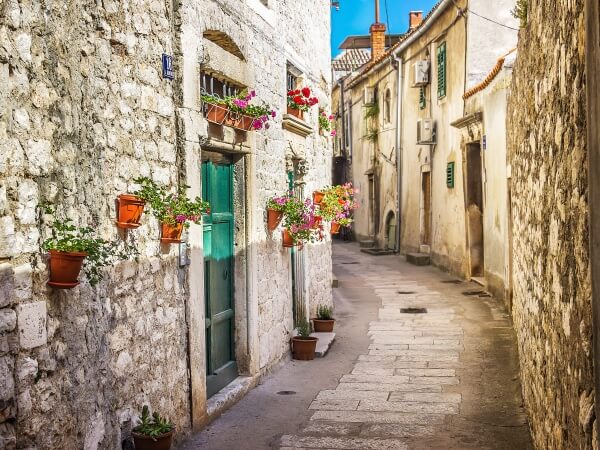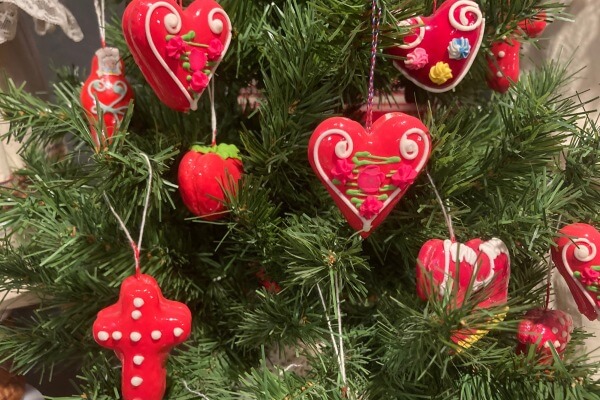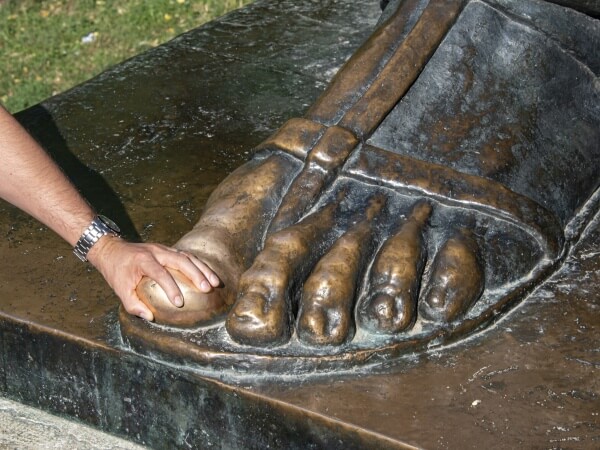Croatia
The Region Croatia
RkrOA’shun]
Croatia, Croatian Hrvatska, officially Republic of Croatia, republic (1995 est. pop. 4,666,000), 21,824 sq mi (56,524 sq km), in the northwest corner of the Balkan Peninsula. Croatia is bounded by Slovenia in the northwest, by Hungary in the northeast, by Yugoslavia in the east, by Bosnia and Hercegovina in the south and east, and by the Adriatic Sea in the west. Zagreb is the capital. There are important seaports at Rijeka, Split, Pula, Zadar, Šibenik, and Dubrovnik.
Geography
Croatia is a former Yugoslav Republic on the Adriatic Sea; it is about the size of West Virginia. Part of Croatia is a barren, rocky region lying in the Dinaric Alps. The Zagorje region north of the capital, Zagreb, is a land of rolling hills, and the fertile agricultural region of the Pannonian Plain is bordered by the Drava, Danube, and Sava Rivers in the east. Over one-third of Croatia is forested.
Cultural Artifact of Croatia
Authentic recipes for Licitar are closely-guarded secrets handed down from generation-to-generation. Licitars can be made into doll, bird, mushroom, horseshoe, wreath and horse shapes, among others. What sets them apart from other honey breads or gingerbreads is their red, shiny glaze and highly-piped royal icing decorations. some have embedded pieces of shiny metal that look like a mirror. Licitars adorn Croatian Christmas trees and are given away as a token of love to family members and lovers, who keep them forever and display them in their homes.
Regional Fun Fact
Statue of Grgur Nin, Split - Posed dramatically with one hand pointing and the other clasping a book, the statue of Grgur Nin stands outside the Golden Gate and Northern Wall of Diocletian's Palace in Split. Designed by one of Croatia's greatest sculptors, Ivan Mestrovic, this famous landmark immortalizes the Bishop for having introduced the Croatian language in the Catholic church. Passers-by touch the bishop's big toe for good luck.




